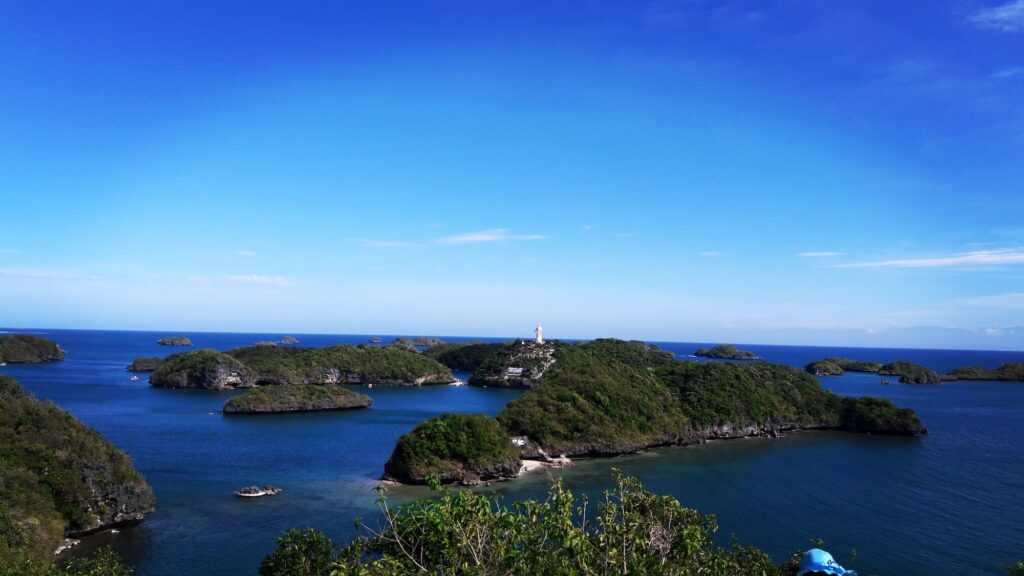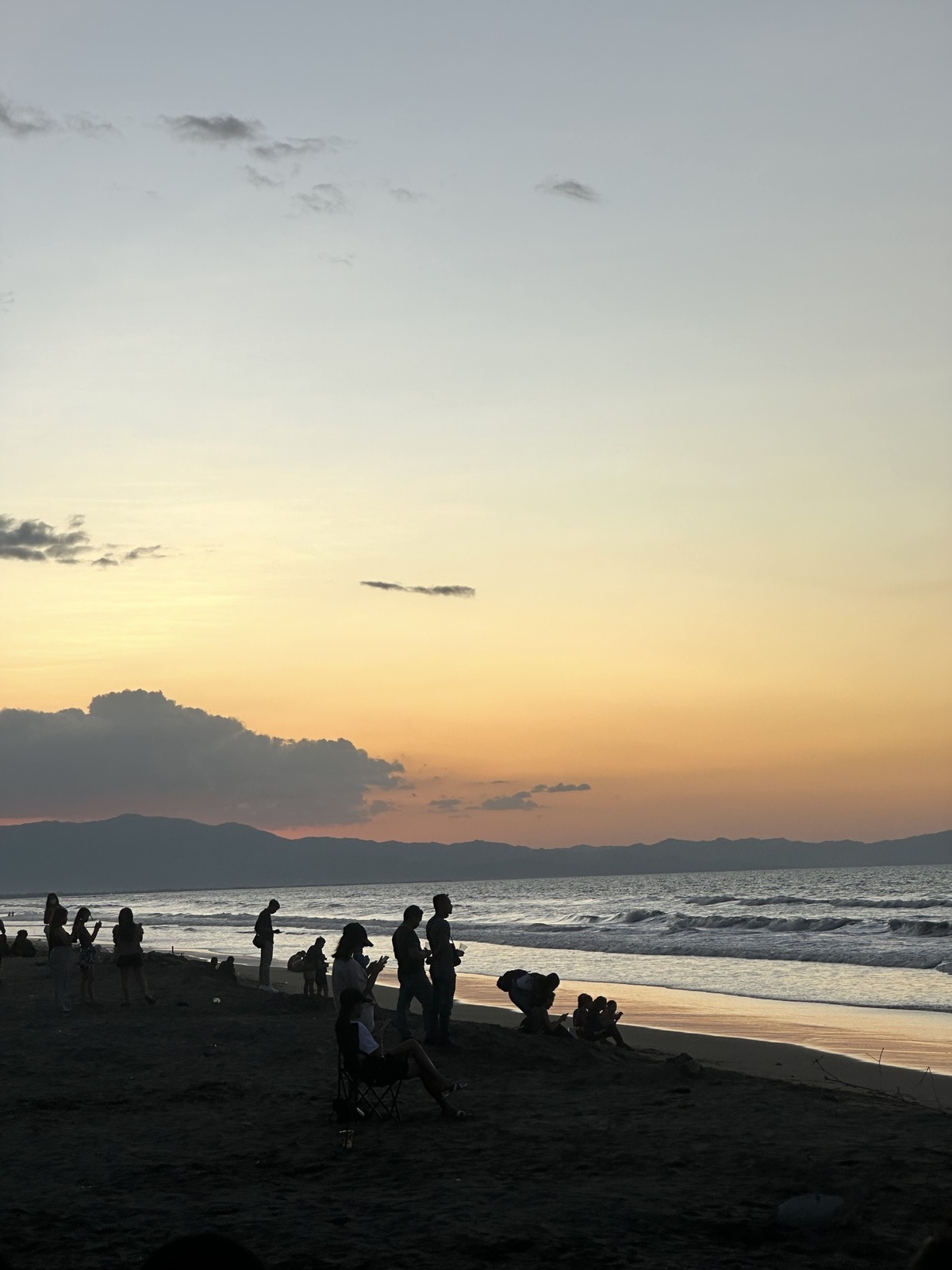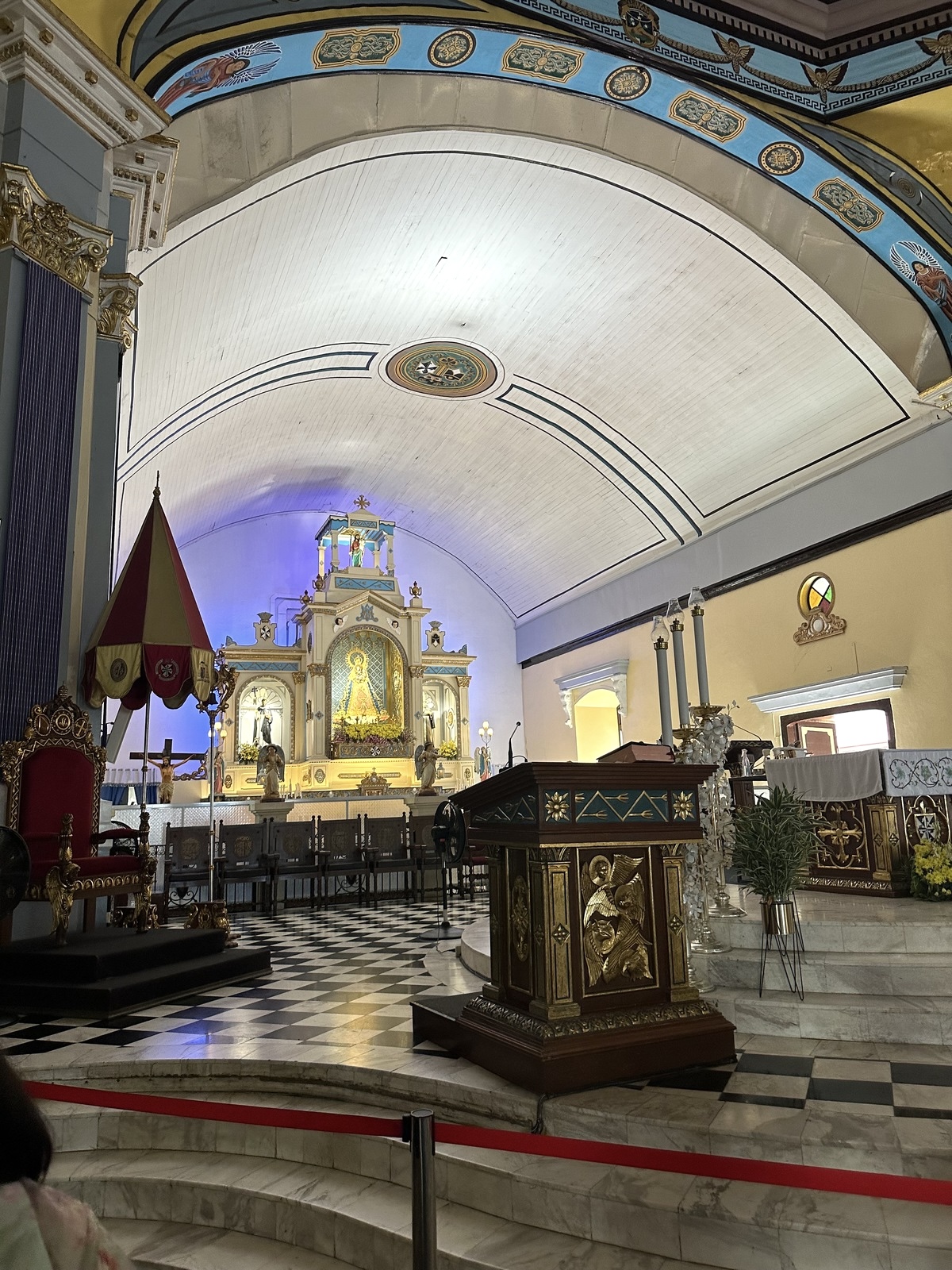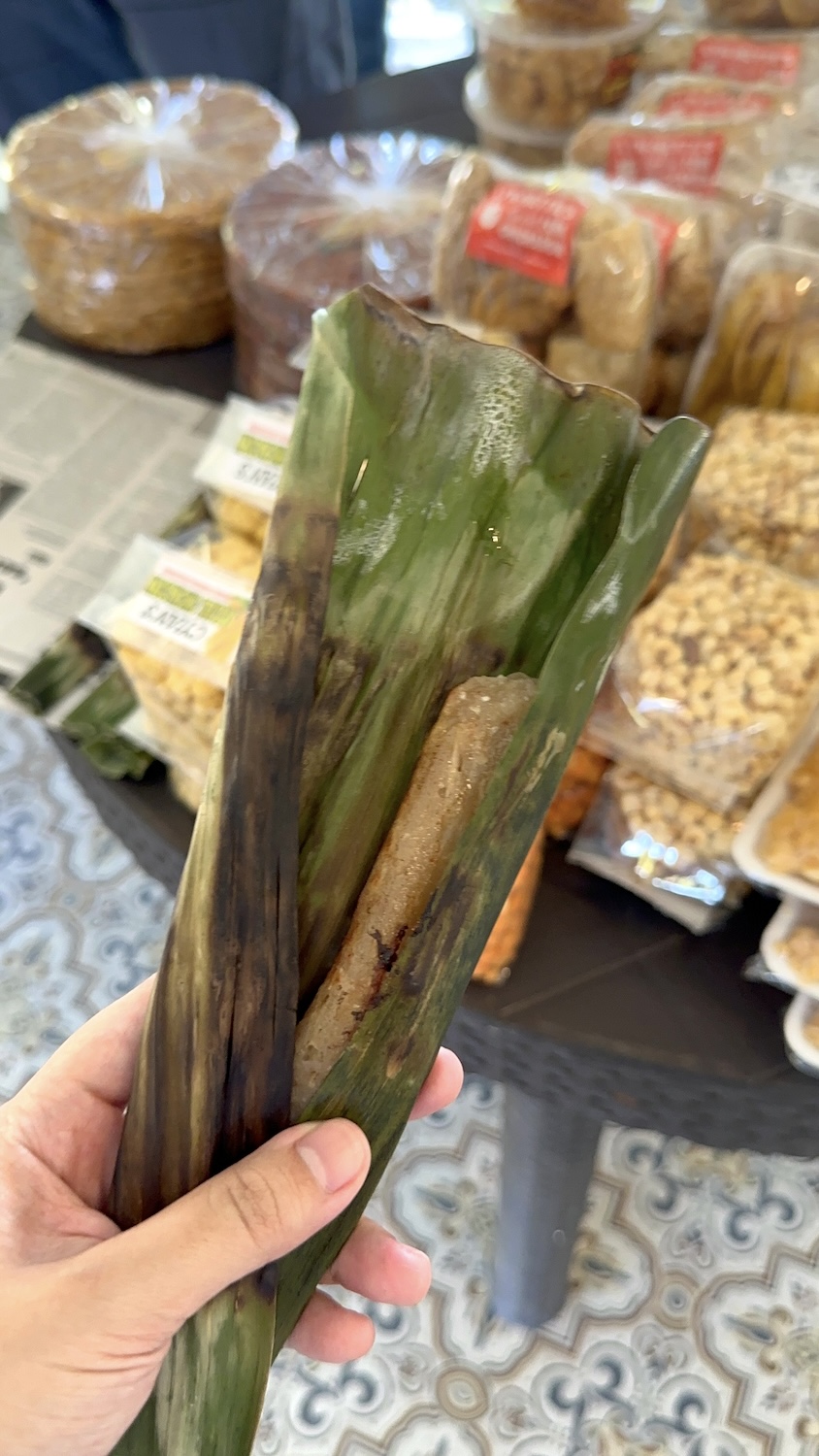A balikbayan’s guide to Pangasinan

What to do in Pangasinan (aside from visiting the Hundred Islands) | Photo by MARKOFRANCO/Wikimedia Commons
If you’re thinking of exploring the north, one of the provinces you might find a wealth of things to do in is Pangasinan. Known as the gateway to northern Luzon, this coastal province is located along the western edge of the Ilocos region, along Lingayen Gulf and the West Philippine Sea.
There are many things the province is known for, such as its beaches and the iconic Hundred Islands, bangus (they have a whole festival for the delicious milkfish here), and also its cultural and religious history.
Pangasinan is also rich in salt—Dasol, in particular, is a salt town. The province’s name also quite literally means, “a place of salt” (panag-asin-an).
If you have a few days or a weekend, here are some things you definitely shouldn’t miss.
Beaches
One of the most popular sites in Pangasinan is the Hundred Islands National Park, which comprises 124 (at low tide, and 123 at high tide) islands located all over Lingayen Gulf.
The national park, located in Alaminos, is also a protected area. Only a few islands have been developed for tourism though. Some of these islands have camping and picnic grounds or stores where you can buy food. Others have activities like jet-skiing, ziplining between islands, and helmet diving. If you’re more into just chilling by the shore and swimming in calm waters, there’s also an island for that.

Sunset at Tondaligan Beach, Dagupan | Photo by Pau Miranda
Aside from the Hundred Islands, Pangasinan is also home to the stunning sand beaches of Bolinao. Aside from white sand beaches here like Patar Beach and various beach resorts, visitors to Bolinao can also explore other water forms, like Bolinao Falls and Balingasay River.
For unobstructed sunset views, you may want to check out Tondaligan Beach in Dagupan. A five-kilometer boardwalk has recently been developed, where only foot traffic is allowed. Waves are strong on this beach, but you can still freely take a dip or stroll by the shore.
Pilgrimage
The Minor Basilica of Our Lady of the Rosary of Manaoag, more commonly called Manaoag Church, is one of the country’s most popular and most widely visited Catholic pilgrimage sites. Its popularity has also earned it the name “Pilgrim Center of Northern Philippines.”
Manaoag Church is also designated as a national cultural treasure.

Interior of Manaoag Church | Photo by Pau Miranda
It is said that the origin of the municipality of Manaoag, where the church is located, is from the miracle of the Virgin Mary’s apparition. They say that when the Virgin Mary appeared to a farmer, she told him where she wanted to have her church built, and to call forth more people—coming from the Pangasinan word “mantaoag” meaning “to call,” hence it becoming “Manaoag.” It is also said that Manaoag is the first place where the name came after the miracle took place.
Eat
Pangasinan also has a plethora of delicacies to try. A visit to the province should not go without trying tupig, a roasted sticky rice cake common in Northern Luzon, and pigar-pigar, a dish of thinly sliced carabao meat, seasoned and cooked with vegetables like cabbage, cauliflower, and onion.

Tupig | Photo by Pau Miranda
There is also a growing industry of calamansi where, aside from the fruit, other products like juice, concentrates, and even baked goods like crinkles are also being made on calamansi off-seasons.
Pangasinan also has a homegrown ice cream brand that develops unique flavors like sampaguita, ampalaya, and bulalo called Reydel Ice Cream.
Aside from these specialties, Pangasinan—particularly Dagupan—also has a growing coffee shop scene. Check out Cups & Berry—a specialty coffee shop that also serves as an art space, featuring work by local creatives. The art is personally curated by one of the cafe’s founders, and customers can also purchase the art.
View this post on Instagram
Another noteworthy coffee shop in Dagupan is located in its Downtown District called The Daily Coffee House. While it is housed in a quaint heritage building, the cafe is filled with cute bauhaus interiors.
Of course, one cannot go to Pangasinan and not sample their bangus. Dagupan takes pride in having the tastiest bangus in the country, and they attribute it to both the water conditions and the food available to bangus in the area.
A pro tip in distinguishing Dagupan bangus: They have smaller heads, and shorter/smaller bottom fins. This is because bangus in this area often feed on algae found at the bottom of fishponds.
Art
Aside from eating and shopping for local crafts around the province (you can also find an abundance of rattan crafts here, which sell for more affordable prices), you can also feast your eyes on local artistic talent.
The recently opened Anakbanwa Art Exhibit features works by five resident artists who immersed themselves in the province. The exhibition, located at the MacArthur House in the Downtown District of Dagupan, is open Wednesdays to Sundays from 1 p.m. to 6 p.m. until Jan. 19, 2024.
View this post on Instagram
You can also get recommendations, tours, and transportation arrangements around Pangasinan through Explore PD4, a tourism initiative of Pangasinan’s 4th District.

